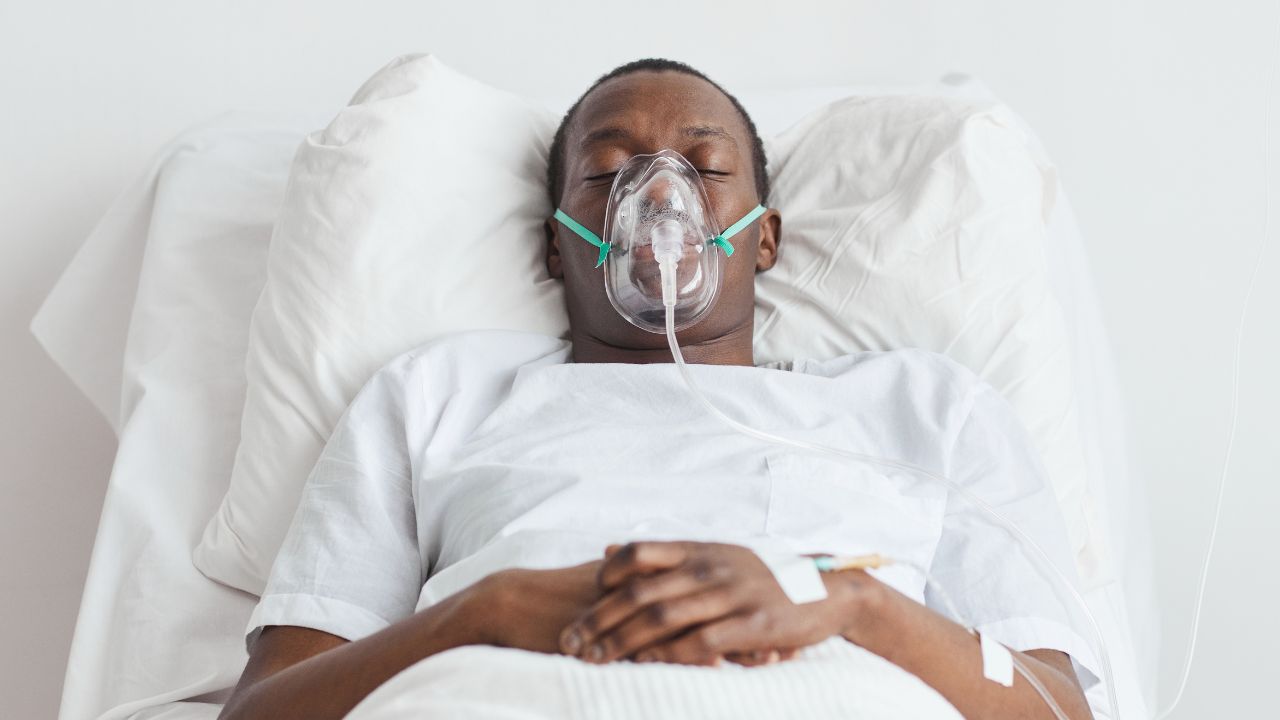Three months ago, a French investigator-initiated, multicenter, double-blind, randomized, placebo-controlled study reported that nebulized amikacin reduced the occurrence of VAP. Positive cultures of endotracheal aspirates were part of (the few) diagnostic criteria for VAP. My response was that “the possibility of artificial sterilization of microbiological cultures through nebulized amikacin is not excluded.”
Last week, two letters to the editor appeared in the NEJM, both making the same point. Responders state that the primary endpoint used (with the potential of bias due to artificial negative cultures) is not an endpoint “meaningfully affecting patient-centered outcomes. Inhaled amikacin did not reduce the number of days of mechanical ventilation, the number of days in ICU or hospital, or mortality”, while “residual amikacin in bronchoalveolar fluid (sterilizing cultures) may have introduced bias, suggested by the findings of no substantial difference between both study groups in the daily evolution of the clinical pulmonary infection scores or in the incidence density of suspicions of VAP (31/1000 days and 36/1000 days of mechanical ventilation, rate ratio, 0.86; 95% CI 0.67 to 1.09).” Both conclude that a “larger trial focusing on patient-centered outcomes such as mortality is required.”
The author responded: “High amikacin concentrations inhibiting bronchial bacterial growth represents the rationale of the trial; however, this did not artifactually affect the primary outcome.” Because: (1) most VAP episodes occurred after the 4-6 days nebulization, (2) “the pharmacokinetic assumption of amikacin remaining in the lung beyond nebulization days, as in studies on liposomal-encapsulated amikacin inhalation, does not apply here”, (3) “analysis of 526 sputum specimens obtained from 281 patients in the AMIKINHAL trial suggests a sputum concentration decay half-life of less than 6 hours, which supports the absence of long-lasting drug persistence.”
Still the question remains whether a more patient-centered outcome would have been more convincing. It is a reasonable question to which the investigators respond: “We wonder whether this assertion … is backed by objective data from patients’ representatives or whether it merely represents health care professionals’ opinion.”
And then comes the circular reasoning: “Adequately powered trials would require inclusion of several thousand patients, representing nothing more than poor resource allocation given the strong causal relationship between inhaled amikacin and a one third relative reduction in the burden of VAP observed in this trial and the well-known negative effect that the occurrence of VAP has on patients’ clinical course.”
Mais non, mes chere amis!
Patients are better served with unequivocal results from a large trial sufficiently powered to demonstrate meaningful outcome benefits – based on solid undisputed primary outcomes – of medical interventions. And yes, that will require resources. Until such a trial confirms and extends the positive findings of the AMIKINHAL study, I doubt that amikacin nebulization will be broadly implemented in ICUs. And until that time, the resources allocated for the AMIKINHAL study will not benefit patients.

